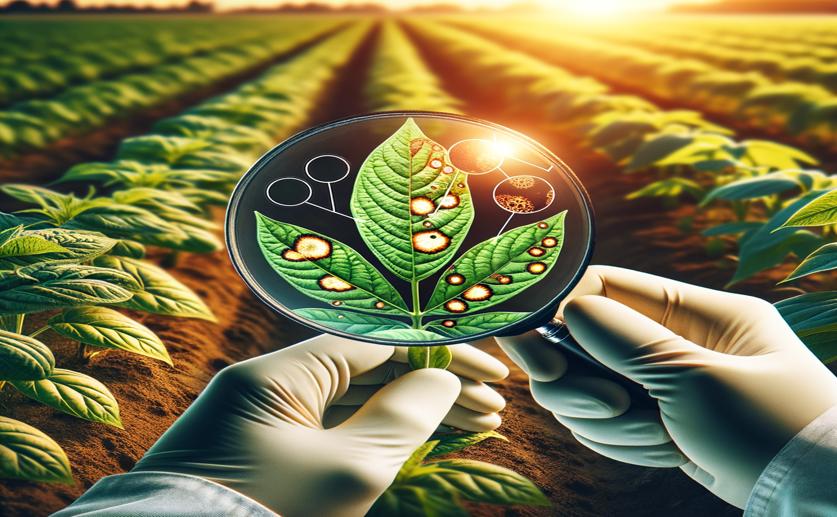
Improving Deep Learning for Identifying Crop Diseases in Real-World Conditions
Jenn Hoskins
21st July, 2024

Image Source: Natural Science News, 2024
Key Findings
- Researchers at Northwest A&F University found that CNN models are less accurate in identifying crop diseases in real-world field conditions compared to controlled lab settings
- The study showed that disease identification accuracy dropped from 98.22% in labs to 71.55% in fields
- Different CNN models had similar accuracy, suggesting that improving data quality and volume is more important than developing new model architectures
AgricultureBiotechPlant Science
References
Main Study
1) Enhancing practicality of deep learning for crop disease identification under field conditions: insights from model evaluation and crop-specific approaches.
Published 19th July, 2024
https://doi.org/10.1002/ps.8317
Related Studies
2) Fine-Grained Image Classification for Crop Disease Based on Attention Mechanism.
3) A novel deep learning-based method for detection of weeds in vegetables.
4) A deep learning-based method for classification, detection, and localization of weeds in turfgrass.



 27th June, 2024 | Jim Crocker
27th June, 2024 | Jim Crocker